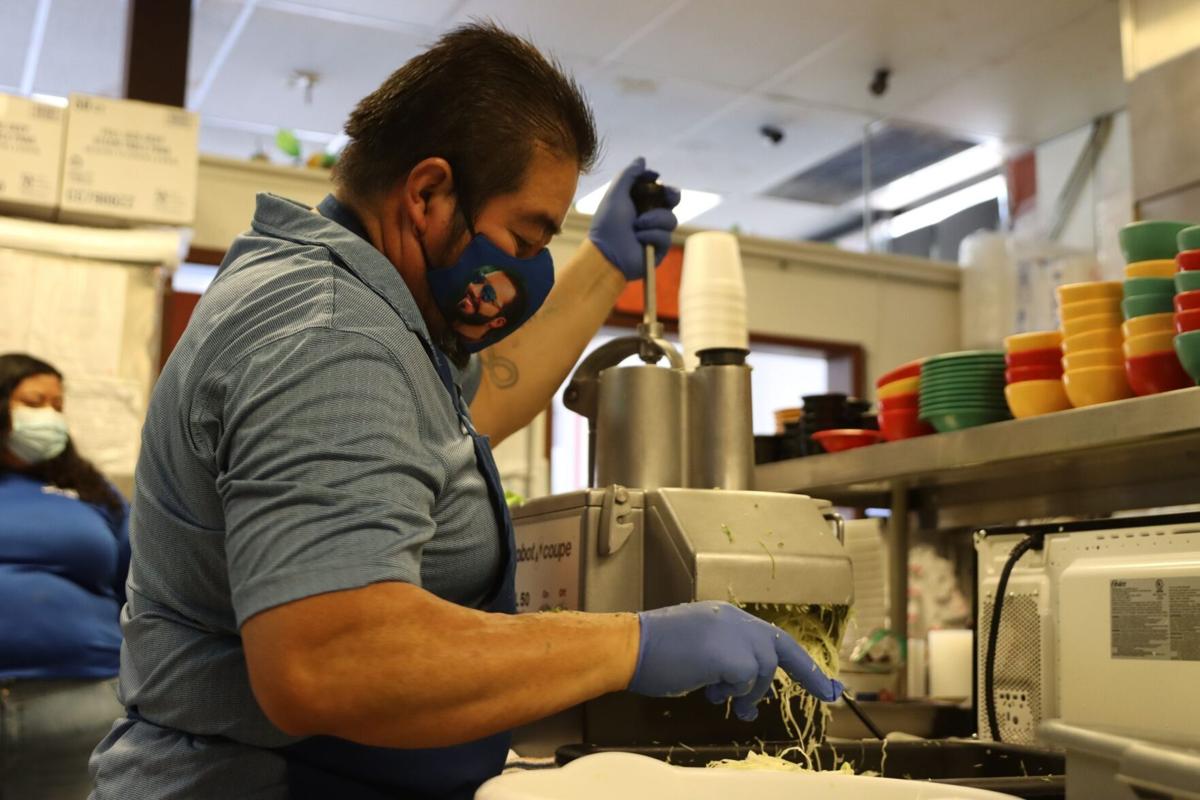LOS ANGELES — Latinos played a crucial role in keeping the U.S. economy humming during the peak of the pandemic, a new report says.
As state and city governments mandated COVID-19 related shutdowns across the country, both Latino and non-Latino workforces saw declines, but as time went on, the Latino force bounced back faster.
As a group, Latinos contributed $2.8 trillion to the U.S. economy in 2020 — more than the gross domestic products of the United Kingdom, India or France, according to a Sept. 29 report from the Center for Economic Research and Forecasting at California Lutheran University.
The economic impact of Latinos has grown dramatically, up from $2.1 trillion in 2015 and $1.7 trillion in 2010, the center’s 2022 LDC Latino GDP Report says.
Despite the turmoil of the pandemic, the California Lutheran University study says Latinos persisted and continued to work.
“If it wasn’t for the Latino cohort, we wouldn’t be growing as strong or we wouldn’t be growing at all,” principal investigator Dan Hamilton said in an interview. “They help the U.S. grow faster when the U.S. is growing at a good rate.”
In 2019, before the pandemic was declared in March 2020, Latino labor force participation was 6.1% higher than non-Latino, the report said.
Latinos were more likely to work in frontline jobs deemed essential during the pandemic. If they became infected with COVID-19, they often returned to work as soon as they were allowed.
As a result, the Latino contributions to the economy contracted by about 0.8% compared to the 4.4% contraction of the non-Latino GDP, the report states.
GDP is a broad macroeconomic measure used to analyze the economy’s strength. Factors used to help determine GDP include labor force participation, homeownership, educational attainment and household information.
Christopher Thornberg, founder of independent research and consulting firm Beacon Economics, said the data in the report is consistent with trends he sees as an economist. For instance, education has played a big role, allowing Latinos to move into higher paying careers. The report shows that from 2010 to 2020, the number of Latinos holding a bachelor’s degree or higher rose 96%. For non-Latinos, it increased 34% over the same period.
“The skill-upgrading in the Latino community is faster than other communities because they’re catching up, if you will,” Thornberg said. “That has a lot to do with the growing income of the population. It tends to be a younger population, hence they don’t retire as much, and that means yet again, they are an enormous part of the growth of our economy.”
Latinos experienced significantly higher wage and salary income growth than non-Latinos, the report says. From 2010 to 2020, Latinos’ real income grew 4.3% per year while non-Latinos’ rose 2.1%.
Consistent with the growth of income, Latinos also are becoming homeowners at a rapid rate, the report says. Latino homeownership rose 7.4% during 2020. The rate has outpaced that of non-Latinos every year since 2010.
“The big takeaway is a U.S. Latino economy is very dynamic,” Hamilton said. “It’s very resilient, and it’s an important part of the overall American economy.”





